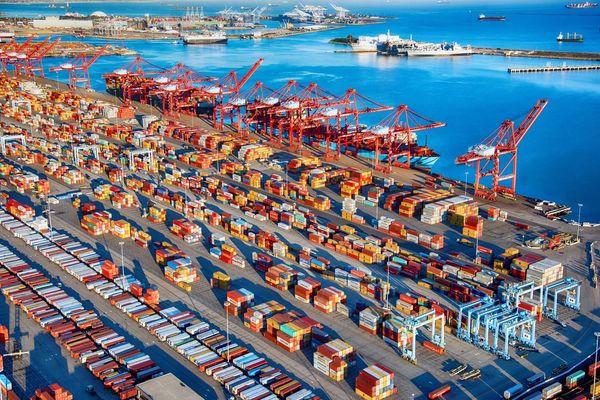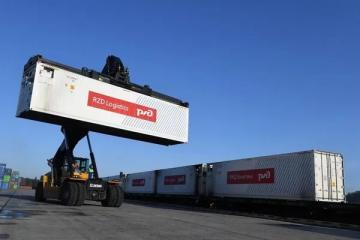
One-way pick-up charges for containers are falling further in China. In September 2021, these charges were at their peak at somewhere around $2730, while in December 2022, these are somewhere around $804. This is a 70% decrease. (See graph below)

This decline is steeper on the China to the US lane. While the average one-way pick-up charges for standard containers was $2792 in September 2021 when it reached its peak, it is now at $341 in December 2022. (See graph below)

The pickup charges from China to the EU have been declining as well. (See graph below)

Container trading prices relatively stable in China
The general trend of average container prices in China for standard containers is on the path towards decline; however, the decline is relatively less steep than that of what we see in the leasing market. (See graph below)

This trend mirrors in the average container prices in the United States too. (See graph below)

We witness a global average of $3300-$3700 for average container prices in Asia, Europe and the US. The variation is not significant.
The average prices for all the standard containers in China are declining month on month, reaching below pre-covid levels. Also, the pickup charges for containers Ex China to the US and to Europe continue to free fall. These are sure indicators of the cooling of the cargo market ion these stretches.
For 40 High cube containers, here is a list of most expensive and least expensive locations for container trading (See graph below)

Overall, Boston remains the most expensive location for container trading globally in December. The average price of a cargo-worthy container at Boston is $3745 followed by Christchurch at $2950 and Jeddah at $2900 in the month of December.
The biggest increase in container prices was witnessed in Northern Europe region, average container prices increase by 23.5%.
Container Availability Index (CAx) highest in 2022 as compared to 2021 and 2020 for Shanghai. This means that either there are not enough containers leaving the port or there are more inbound containers entering the port.

We see a more evident gap in the CAx figures at ports like Ningbo






